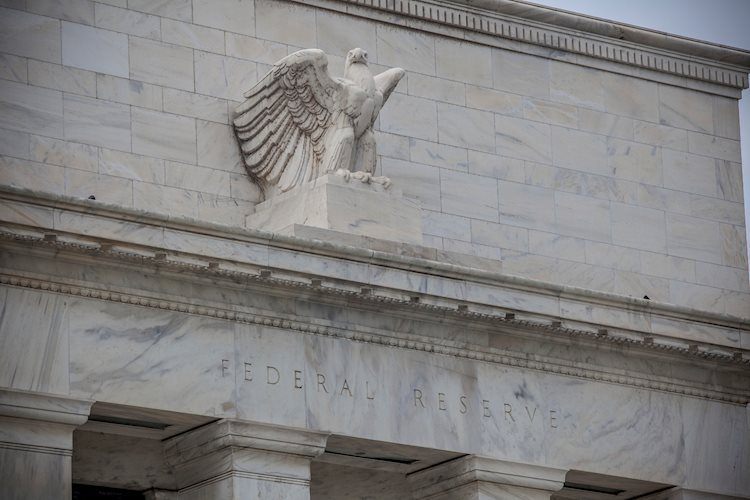Federal Reserve policymakers are set to speak throughout the week, with investors closely monitoring their comments on the interest rate outlook following the April Consumer Price Index data. The likelihood of no change in the Fed’s policy rate in September is around 35%, according to the CME FedWatch Tool. Fed officials such as Thomas Barkin, John Williams, Susan Collins, and Loretta Mester are scheduled to deliver speeches on Tuesday. Atlanta Fed President Raphael Bostic emphasized the need for caution regarding the first rate move, while Fed Governor Christopher Waller stated that he requires additional months of good inflation data before supporting any policy easing.
The Fed has taken a cautious stance regarding any potential policy pivot following stronger-than-expected inflation in the first quarter of the year. The core Consumer Price Index rose 3.6% on a yearly basis in April, in line with market expectations. The US Dollar came under pressure as the inflation data was assessed, with the USD Index falling to a more than month-long low. Various Fed officials, including Mary Daly, Michael Barr, and Michael Jefferson, have expressed their views on inflation and policy adjustments, highlighting a cautious approach and the need for further assessment before making any significant moves.
Last week, Fed officials expressed differing opinions on the current inflation situation and the need for policy adjustments. Richmond Fed President Thomas Barkin noted that inflation levels were not meeting the Fed’s targets, while New York Fed President John Williams argued against the necessity of a rate cut in the near future. Michelle Bowman emphasized the inconsistent progress in inflation, while Loretta Mester highlighted the importance of maintaining current Fed policy to address inflation concerns.
The Federal Reserve plays a crucial role in shaping monetary policy in the US, with the primary objectives of achieving price stability and fostering full employment. The Fed adjusts interest rates to control inflation and support economic growth. The Federal Open Market Committee holds regular meetings to assess economic conditions and make policy decisions based on a variety of factors. In extreme situations, the Fed may implement non-standard policy measures such as Quantitative Easing to boost credit flow during crises or periods of low inflation. QE can impact the value of the US Dollar and economic stability.
Overall, the Federal Reserve’s policy outlook and potential interest rate adjustments will continue to be closely watched by investors in the coming weeks. The cautious approach adopted by Fed policymakers reflects the uncertainty surrounding inflation and economic recovery. The US Dollar’s performance against major currencies may be influenced by any changes in the Fed’s policy stance and economic data, highlighting the interconnected nature of monetary policy and currency markets. It is crucial for market participants to stay informed about Fed announcements and speeches to make informed decisions regarding their investments and portfolios.





















